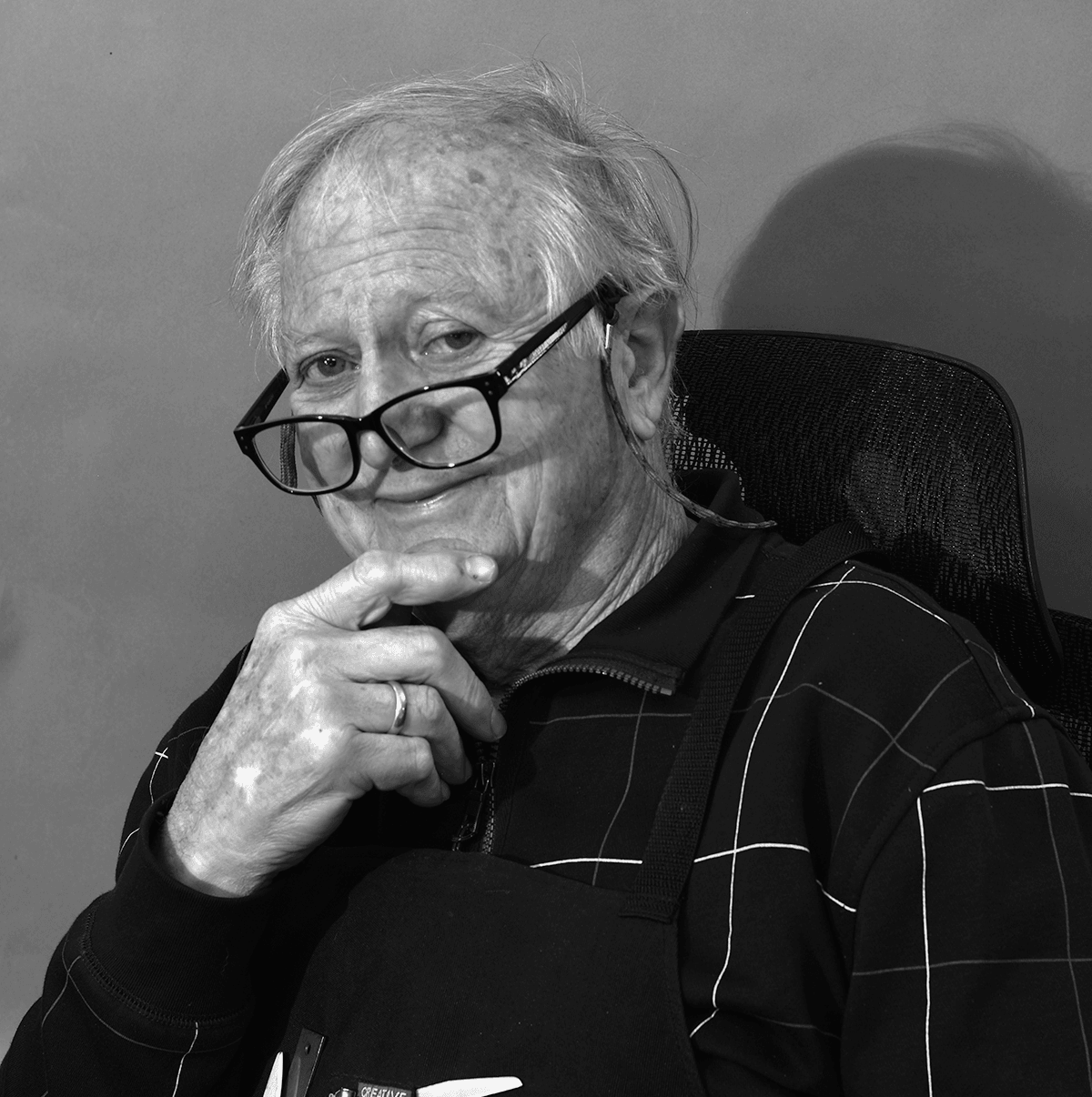Today we’d like to introduce you to Ke Francis
Hi Ke, we’d love for you to start by introducing yourself.
I am a naturally curious person. I was an only child in a household where the major forms of entertainment were illustrated books and the evening radio programs. The books published during the 1920s and 30s were letterpress printed books with color illustrations by very good art illustrators. My grandfather was a self-educated electrical engineer, a well read man. During my pre-teen years, during the hottest part of very hot summer days, he and I would sit in a swing in the shade of some giant oak trees in his back yard and he would read me the timeless classics, the works of Homer, the Iliad and the Odyssey and other works he thought might both inform and entertain me. He encouraged my natural curiosity and he maintained a well-stocked personal library. Sometime during my early teens I read the biography of Benjamin Franklin, an early American, printer, writer, pamphleteer, inventor and scientist. I was inspired by his inquisitive nature.
I entered college with the idea of pursuing a degree in engineering but quickly determined that I would shift my major to Art because it seemed the least defined of the professions and it appeared to me that almost any creative endeavor and inquiry could be labeled “artistic research”.
I attended five schools during the course of my college career. I made those choices based on the schools that had professors whose work peaked my curiosity. I had very little interest in a degree. I was more interested in what those professors could teach me about self expression and the life of a professional artist. I accumulated enough credit hours to receive a B.F.A. Degree in Sculpture from the Cleveland Art Institute in Ohio and was offered an instructor position there immediately following my graduation. I taught for two years there and saved enough money to build a studio and equip it in my hometown of Tupelo, Mississippi. I began my professional life as a practicing artist in 1970. My artistic goal was to simply and honestly express myself and to follow my wide-ranging curiosity. That path has been the path I have followed for fifty-eight years.
I am of the opinion that artistic success may be determined in two very different ways:
A. Success as determined by the artist, which might be defined as honest self-expression of an experience or emotion that is determined by the artist without undue outside influences.
B. Success as determined by the opinion of others and reflected by sales, publications, reviews, etc.
My experience has led me to conclude that the museums and public venues offer the best opportunity to exhibit challenging work. Museum directors, curators and well educated writers and art historians display and discuss work that the public considers important and communicative work that they enjoy viewing but would not want to live with in their day-to-day life at their homes or businesses. Commercial galleries generally choose to exhibit and sell work that homeowners and business owners find comforting, classically beautiful , and harmonious and do not raise questions that challenge the viewer’s personal beliefs and raise uncomfortable questions of a controversial nature.
Where am I today (following fifty-eight years of consecutive work?) Today I judge my work successful if it is better today than the work I created yesterday. I have looked at artwork everyday for fifty-eight years and I understand what makes a work have lasting interest. Content that addresses the topics pertaining to Man, Woman, Birth, Death, and Infinity will always be of interest to human beings. Craftsmanship and the creative use of materials in the delivery of content are among the things I consider when I compare yesterday’s work with today’s. My process is a simple process and over the years I have found that If I make work without censoring myself I will find support in both the museum world and the commercial gallery system. I generally sell one in every five pieces I make. That has been enough to provide a livelihood and sustain my studio work.
Would you say it’s been a smooth road, and if not what are some of the biggest challenges you’ve faced along the way?
I would venture to say that the path’s of most artistic professionals have their rough spots. Any passionate pursuit puts a strain on personal relationships. I have been lucky to have had the support of my family and good friends over my long career. I have a wife who is a real helpmate, Mary is a terrific person with fine organizational skills. She is also a precise editor of my text-based works and a source of emotional stability. My daughter, Kerry, and her extended family live close by and we have gardens that contribute to our quality of life.
The full-time business of running an art studio is sometimes challenging. Any successful business goes through continual financial ups and downs. Galleries go bankrupt and forfeit on debts. The Covid layoffs and closures slowed sales for everyone.
I have lived this period of my professional life in Florida and Mississippi. In both cases the distance from the Metropolitan centers of Los Angles, New York, Washington, Atlanta, and Philadelphia, where I have had galleries and participated in exhibitions has presented both transportation and communication problems. An Artist must understand the gallerist’s position; they have (in most cases) extremely high overhead costs. It is problematic for them to deal with artists that are not close by. They can’t “pop – in” and bring clients by to view works in progress if the artist is not part of the local community. I suppose living in the Southeast has presented some unique problems. One year I drove 60,000 miles between exhibits in LA., New York, Washington, Atlanta, and New Orleans.
Can you tell our readers more about what you do and what you think sets you apart from others?
As I mentioned earlier, I have pursued a career with a focus on communication. I am not primarily interested in pushing the developmental boundaries of any specific craft. That probably sets me apart from quite a large number of contemporary artists. I am most interested in developing narratives that are multi-leveled ( example: a simple story that might be viewed as a folk tale, a contemporary emotional event, or a myth/parable about the human condition. I try to create visual works that can be viewed singularly as successful on their own merit but, when combined in series, create a narrative that takes the work to another dimension.
Over the many year I have continued to work in photography, painting, sculpture, printmaking and literature. In 1970 I founded HOOPSNAKE PRESS to publish my own prints and those works of other artists that shared my interest. Later on, in the 1990’s I added letterpress facilities to the studio and finally, ,about 20 years ago I added the equipment to traditionally bind the books.
In 1996 I was included in an exhibition entitled “Breaking Barriers” at the Museum of Arts and Design in New York. It was an exhibition of Craftsmen whose craft explorations were moving away from the purely traditional functional crafts to an approach that could be termed” Fine Art”. That exhibition seemed a good fit for what I produce. It was not necessarily a good fit because I was interested in breaking down the barriers between craft and fine art. It was a good fit because I have never been that deeply interested in either fine art OR craft but have always been primarily interested in communication. This exhibit was an interesting turning point because it clarified the inclusive way that the larger singular works that were completed as independent works were capable of working at another level when combined as images in books along with parallel themes. Those works didn’t necessarily function in a mimetic way with the text but they were useful in pointing out parallel content and emotions. The critics and curators that were most comfortable selecting and comparing artists by medium began to understand that I wasn’t particularly interested in any one artistic medium but that I was interested in communicating emotional content and narratives in a multi-medium format.
Can you talk to us about how you think about risk?
I am a focused producer of works (objects) that carry content. I am both dedicated and passionate about the push to see those things that I dream up in my mind brought into this experiential world. I see and understand that process of making my dreams real as my primary function and I devote the necessary resources that are available to me to that expressive goal. I am an independent producer of my work and, therefore, the risks I take in producing my work are mine alone. I would never care to have a financial backer and carry the burden of responsibility for their investment. I suppose every project calls for an investment of resources and capital to purchase the necessary materials and cover the overhead expenses and that is always a bit of a risk, but I always seem to manage to keep the budget “in the black.”
I suppose the real risks that all artists/communicators take is exposing what is in your heart to public scrutiny.
Pricing:
- The pricing of my work has most often been determined by the retail outlets that sold it. (galleries, book stores, etc.)
Contact Info:
- Website:
- Instagram: Ke Francis Art
- Facebook: Ke Francis Art
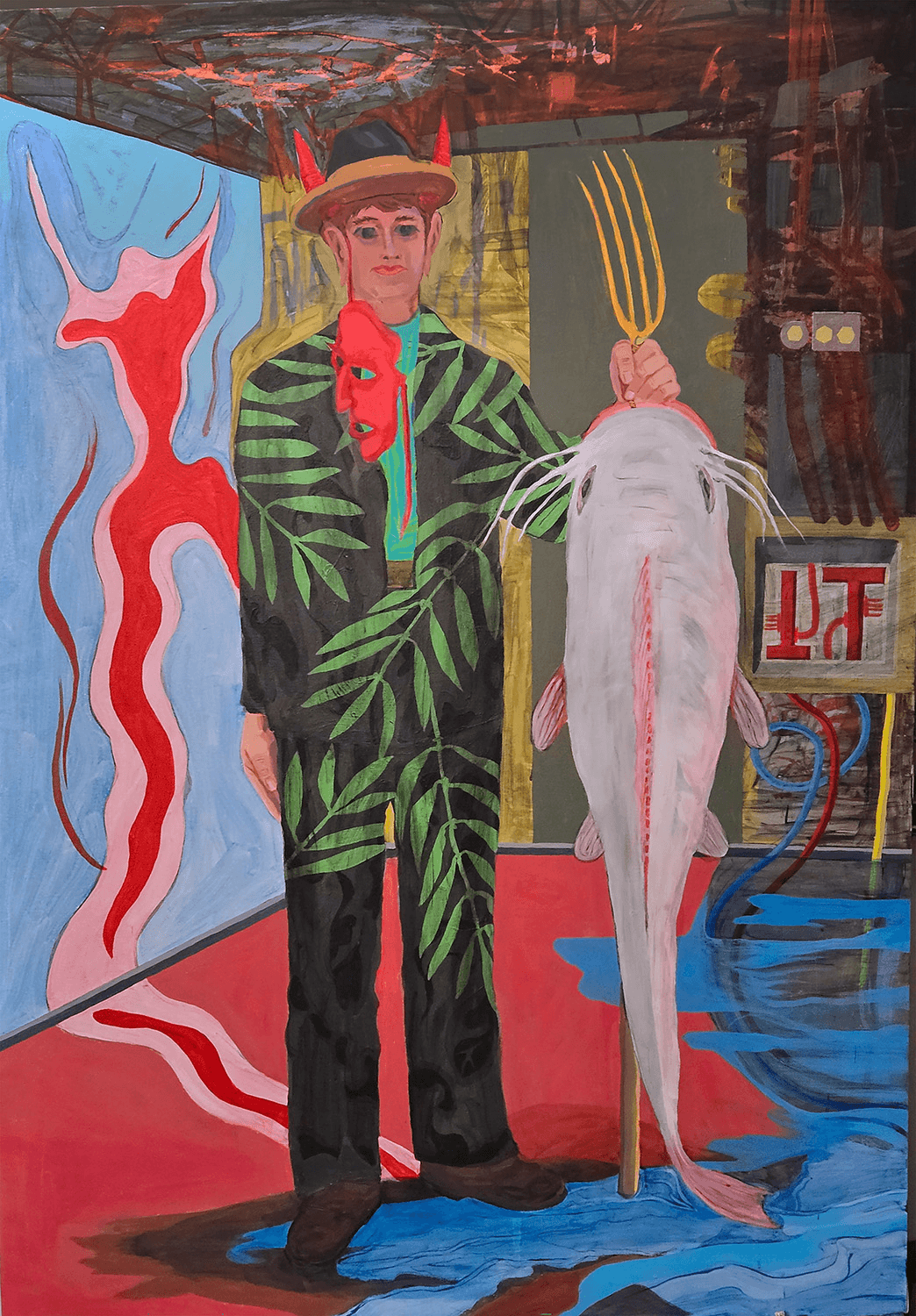
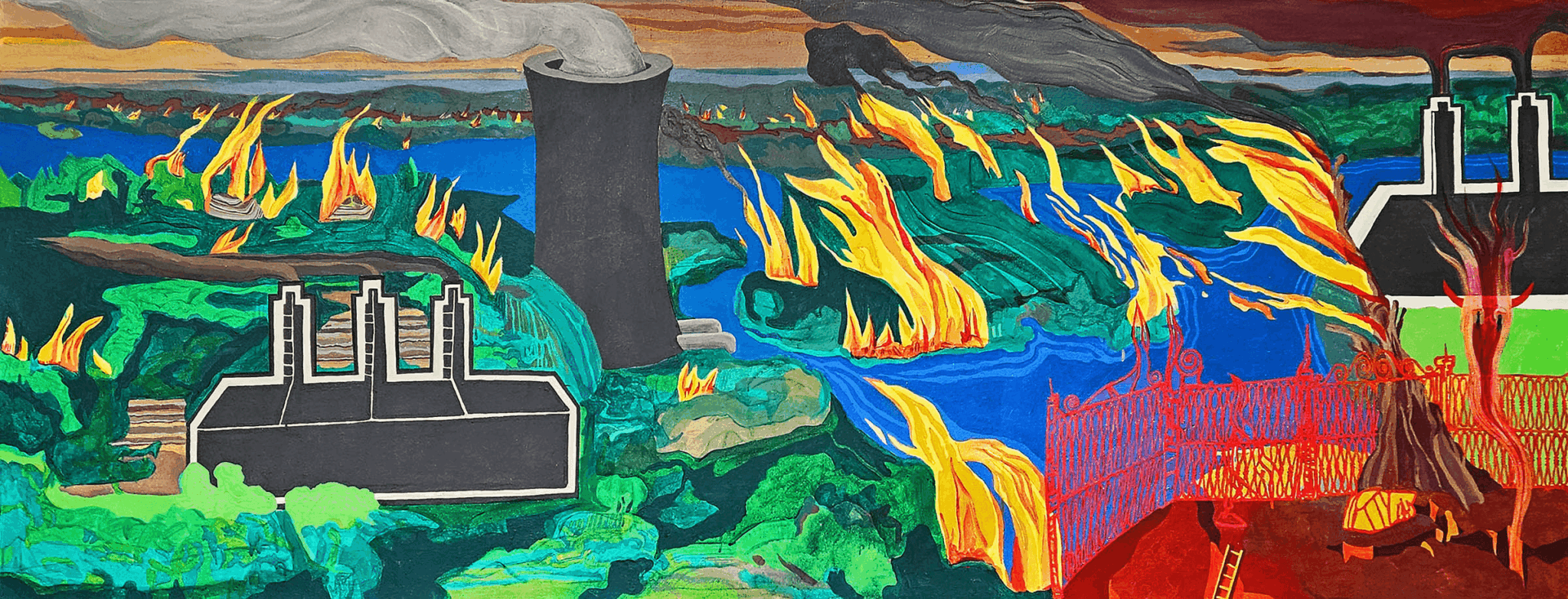
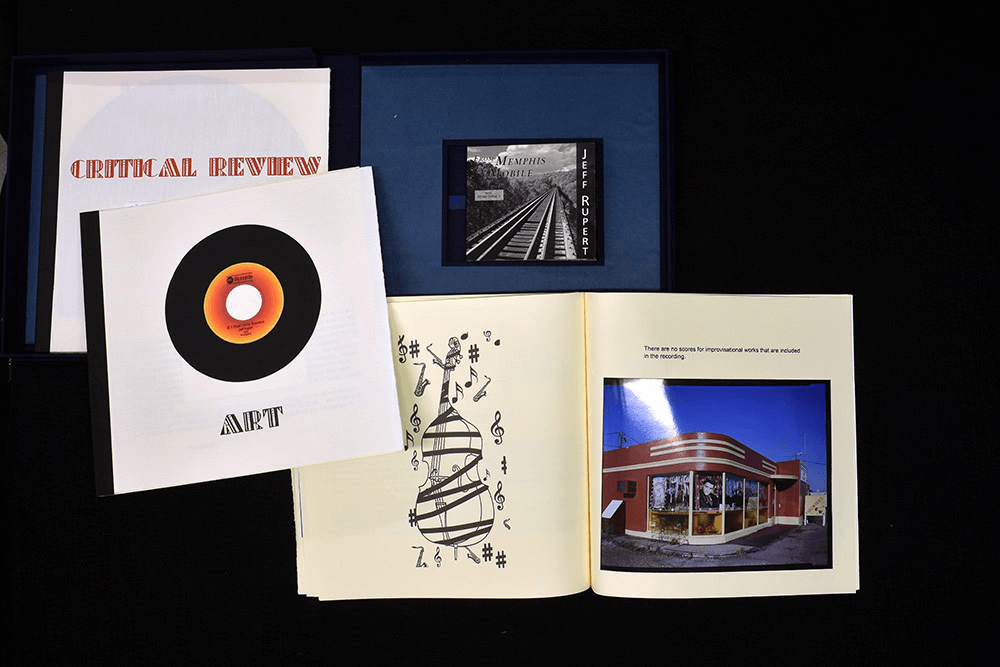
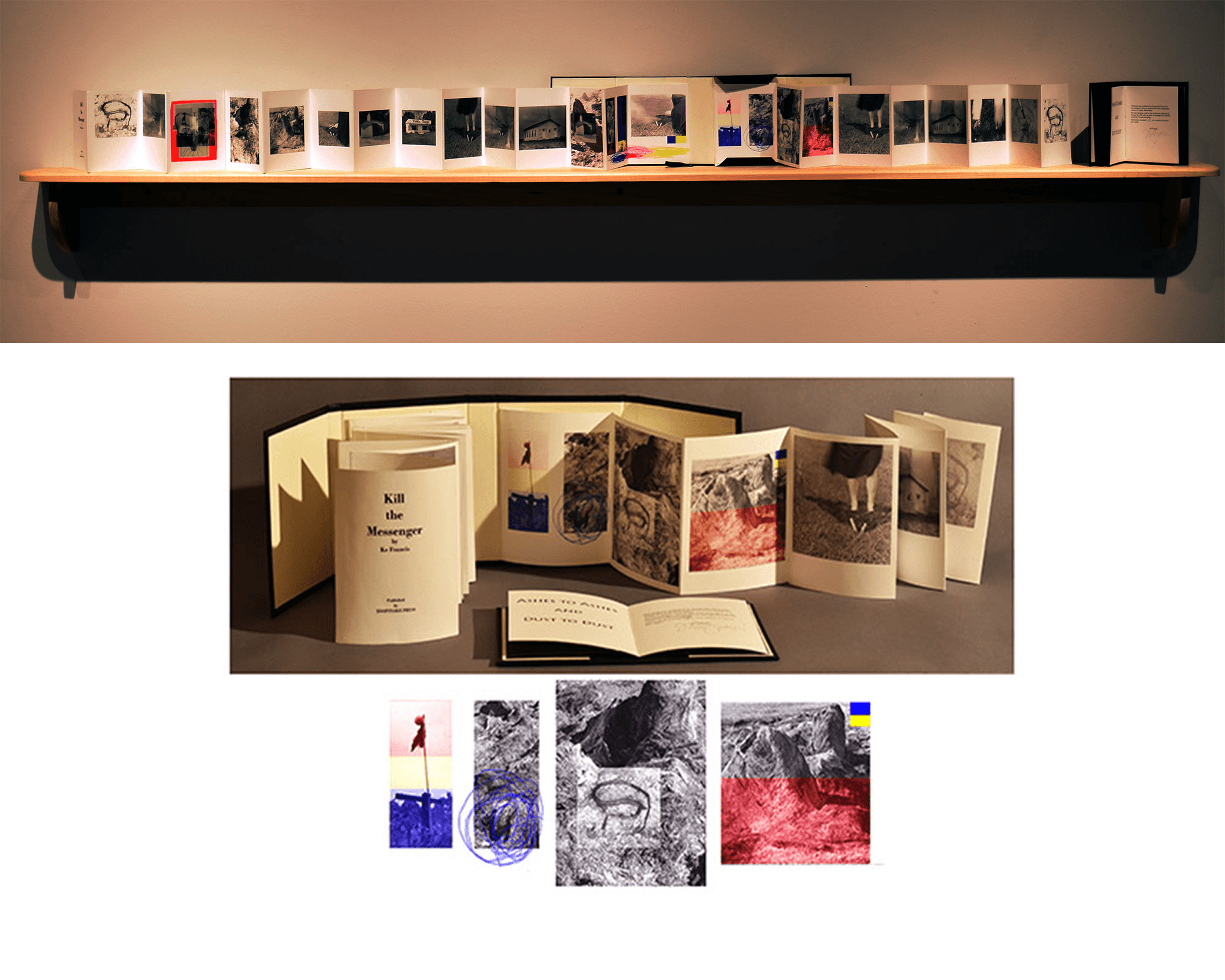
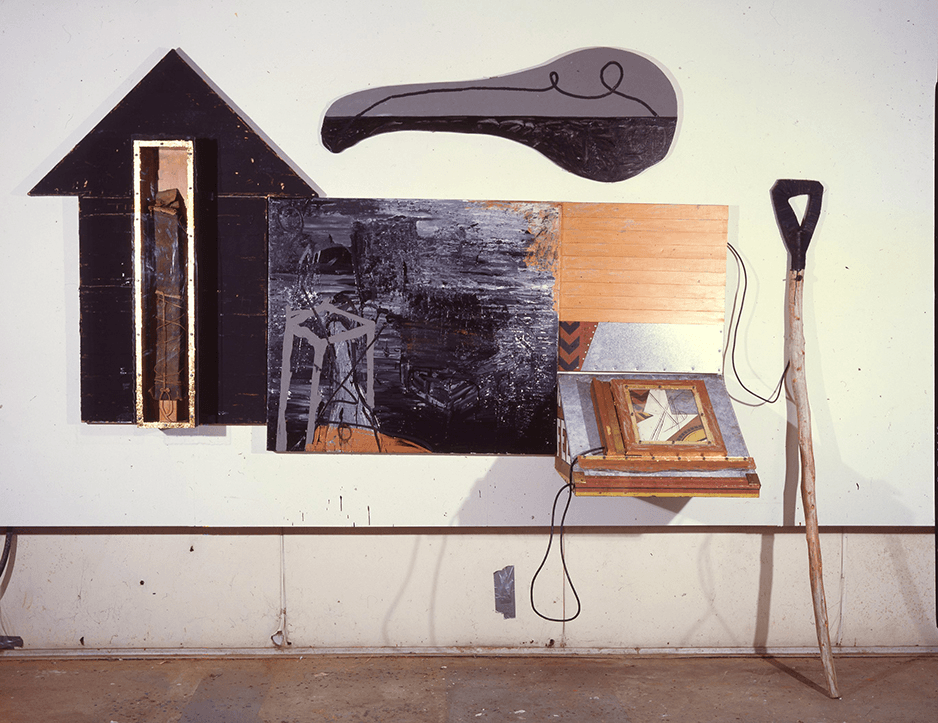
Image Credits
1.Devil and the Mudcat, 5 ft. x 7 ft., acrylic on canvas, Image included in the book “Devil and the Mudcat”, shorty story by Ke Francis.
2. Making Heaven Into Hell, 3 ft. x 7 ft. acrylic on canvas, included in the book “Devil and Mudcat”
3.” Memphis To Mobile”, artist book, Published by HOOPSNAKE PRESS, music by Jeff Rupert photos and woodcuts by Ke Francis
4.Kill the Messenger, artist book, 96 in. fanfold book with hard binding and artist constructed shelf, Photos and text by Ke Francis
5. Babylon/ Babble-on, 8 ft. x12 ft., wall installation -mixed media with unique artist book and poem by Ke Francis


